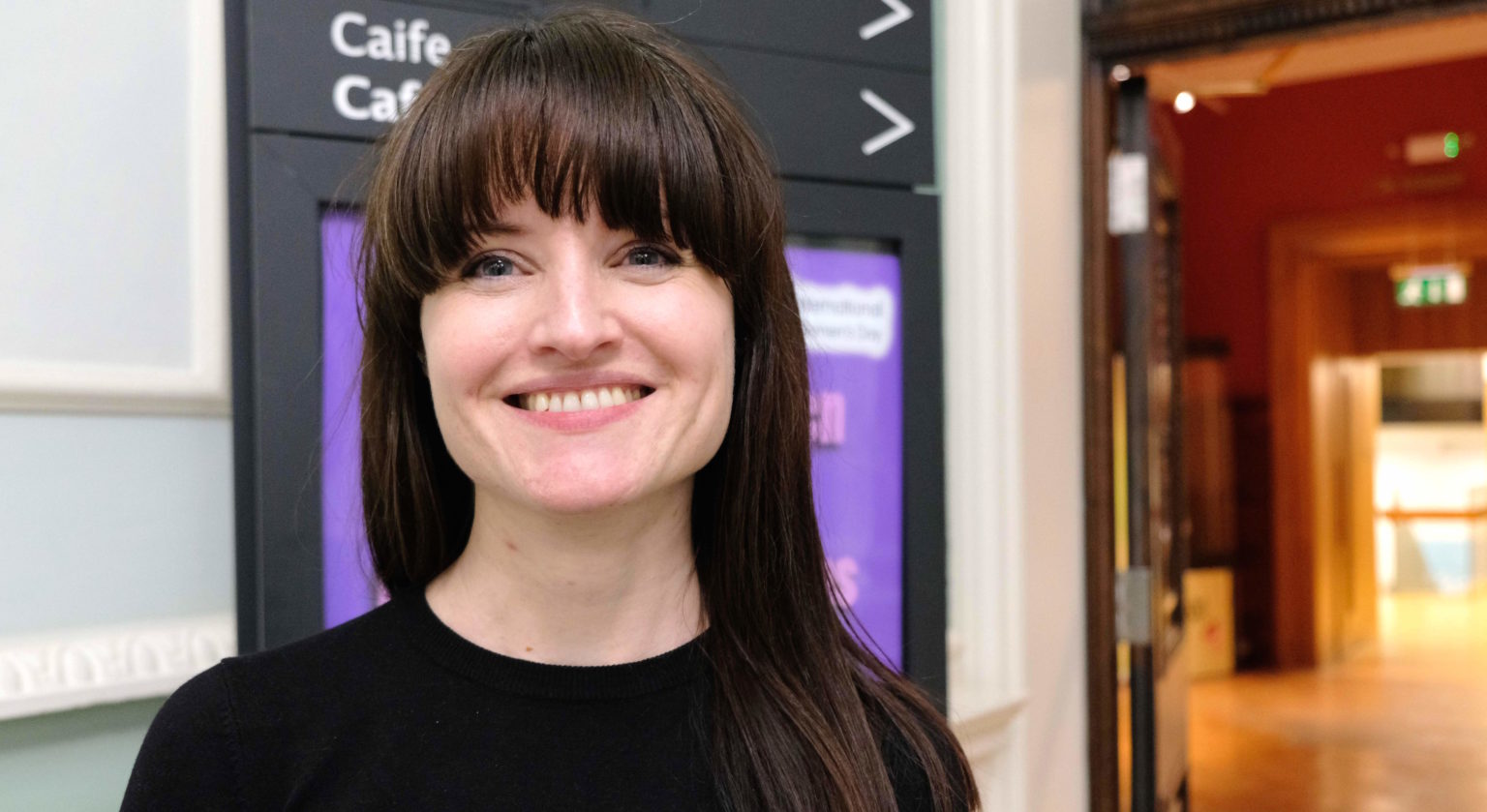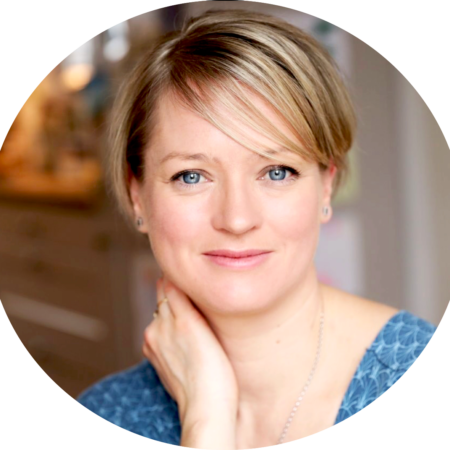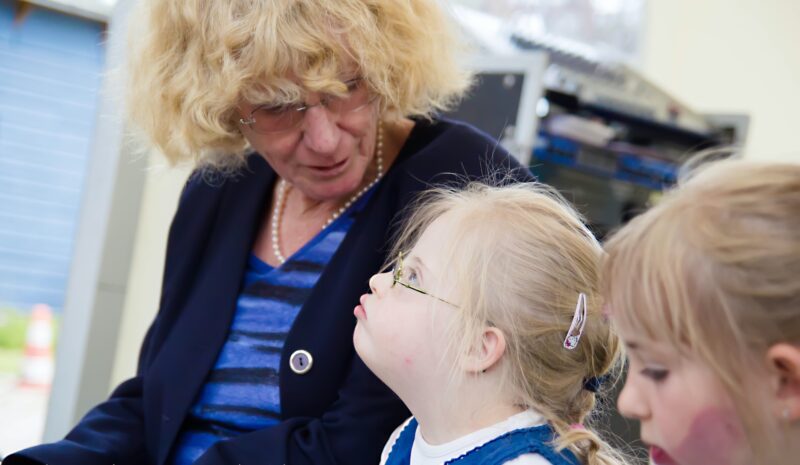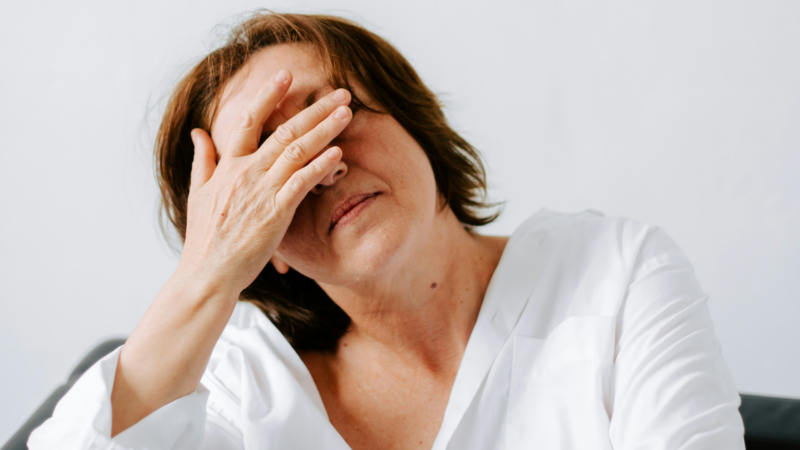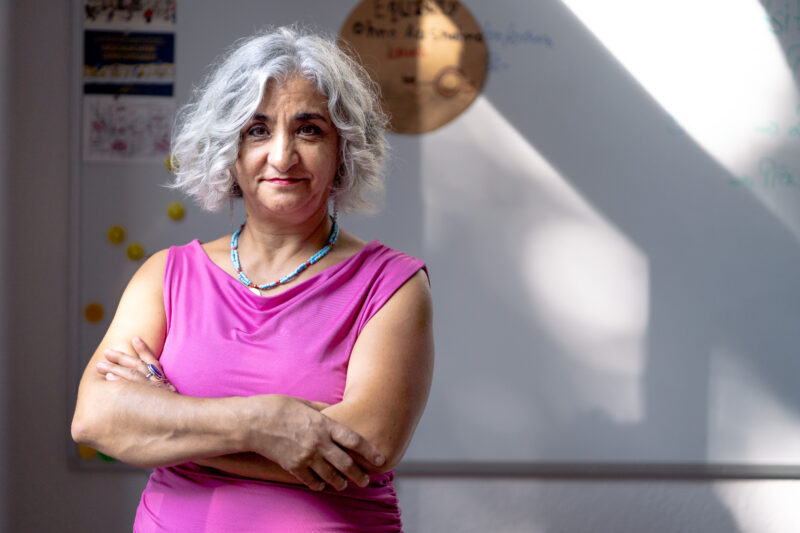Ireland is rediscovering its women. A trendy night club recalls historical figures, an exhibition shows Irish heroines and a TV series highlights trailblazing women of past centuries. The country is looking back to its past to strengthen its female future.
By Mareike Graepel, Dublin
The image of the Irish woman is traditionally that of the “Irish Mammy”. This is how the Irish like to joke, maybe down in the pub, but she loves her family, cooks better than any daughter-in-law and has the house, children (many of them) and yard under control as long as the husband brings home the money. A bad joke, Rachel Lysaght would certainly say if she were there in that pub. And outdated too – many women from past centuries would not even fit into the picture.
The TV producer has produced a series entitled “Herstory” for the public broadcaster “Raidió Teilifís Éireann”, RTÉ for short. “This has been a movement and also a website in Ireland since 2016, which inspired us, and we found the title very fitting when we chose the women we wanted to portray,” she says. Women scientists, artists, politicians, activists andsportswomen are all involved.
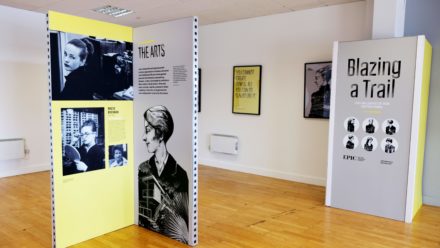
At the same time, the Irish Immigration Museum (EPIC) is showing an exhibition entitled “Blazing a trail” – the lives and legacies of Irish women in the diaspora. Four of the women in the television documentary series also appear there. According to curator and historian Angela Byrne, it is obvious that it is urgently necessary “to finally fill large gaps in Ireland’s history”.
The fact that the cocktail menu in the “Liquor Rooms” underneath the Clarence Hotel is also currently telling the stories of these and other brave and courageous women from Ireland’s past is just as coincidental, but a clear sign of the mood in the country. “Looking back and thereby empowering the women of today is more than just good timing,” says Chandrika Narayanan Mohan. “That is zeitgeist.” She was art and culture manager of the bar when the drinks menu was designed. “The recipes for the personalities were created by my boss and a colleague, I did the research on the women’s CVs.”
In a poem – which serves as a foreword in the cocktail menu – Mohan writes: “These women range from trailblazers to troublemakers, from the noble to the notorious. They were writers, fighters, mothers and murderers. They brought down governments and built nations, they broke rules, they broke bones, they broke hearts.“ And their spirit is now found in the spirits, their complexity in every single glass.
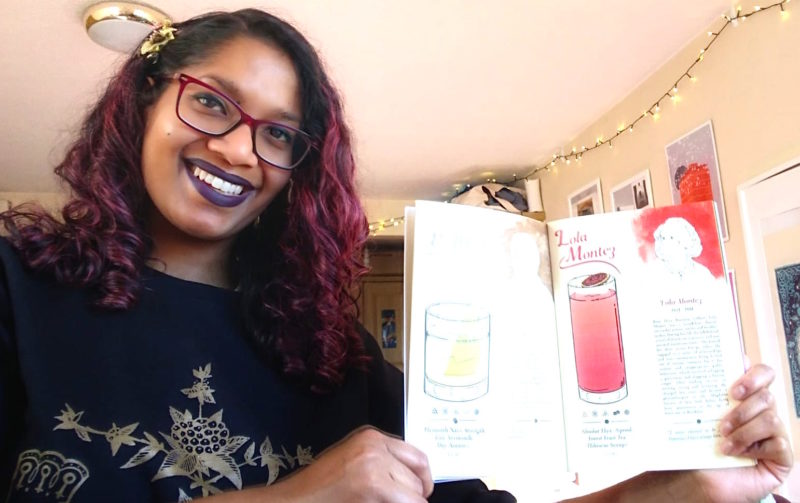
Like the vodka (mixed with Chinese wine, apple and lemon juice, port and orange blossom water), which is as sour as Maud Gonne, actress and suffragette, must have tasted to her often-rejected admirer William Butler Yeats. “Tread softly” is the name of the drink, in reference to a poem that Yeats wrote for her. “I have spread my dreams under your feet; walk softly for you tread on my dreams.”
It is pirates like Gráinne Mhaol and rebels like Constance “The Countess” Markievicz, who played a central role in Ireland’s fight for independence at the beginning of the last century, designers like Eileen Gray or women who lived as men – partly to be able to study – like James Barry, who inspire many guests to talk about historical heroines in the “Liquor Rooms”.
“It is time to celebrate our women”
James Barry – born as Margaret Bulkley from Cork in the south-west of Ireland – hid her gender from the beginning of her medical studies as a military doctor until her death in 1865 in order to be able to practice. She/He performed the first successful Caesarean section in the British Empire, in which mother and child survived. Today James Barry is an idol for the trans scene in Dublin. “For our series we had a huge selection of women whose stories we wanted to tell and had to choose six,” says Rachel Lysaght.
To make historical facts exciting for the television audience, RTÉ needed pictures, ideally videos, and enough material. “James Barry’s story is an exciting episode, but my favourite episode is the one about Mother Jones.” The Irish woman immigrated to Canada, later lived in Memphis and lost her four children within a week – all of them died of yellow fever. “Mother Jones then opened a sewing shop, which burned down shortly afterwards. But she didn’t give up and spent her life defending other workers, especially the rights of child workers.“

High viewing figures suggest that this series could be continued after the last one has been broadcast. Rachel Lysaght says: “When writing the manuscripts, we noticed how much these women inspire and motivate the girls of today. Whether it’s flight pioneer Lady Mary Heath from Limerick, who was an ambulance driver in World War I and later flew alone from Cape Town to London, or Kay McNulty, who was one of the six programmers of ENIAC, the first general-purpose electronic digital computer. “These women from our history encourage female students today to study science and computer science.“
For the Dublin television producer, the “Herstory” series has another purpose: “We have a long tradition in Ireland of mistreating the women of our country. At last it is time to celebrate them.” This approach coincides with the exhibition “Blazing a Trail” curated by Angela Byrne. Since 2018, the exhibits have travelled through 30 different Irish embassies around the world, where they have often been complemented by other personalities. Although the Irish population “at home” is only 4.9 million, an estimated 40 to 70 million Irish and people of direct Irish descent live scattered around the world.
“The exhibition has been a huge success in every location, which shows us how great is the thirst for knowledge about female Irish history,” says historian Byrne. “And the implementation has also made us all feel once again what women have experienced in the past: It was not magical talent that made their successes happen, but willpower and working with others, with other women. We must and can carry each other.”
She says that the stories “just fell at her feet”. At the same time, people kept asking: Why is this or that woman not included? That’s why the visitors had the opportunity to inscribe their own pioneers on a large wall in the museum. The exhibition, the series and the cocktails – they all show that Ireland’s historical heroines are back in vogue. Angela Byrne: “They have brought light into the darkness – and still do, for the Irish of today.“

